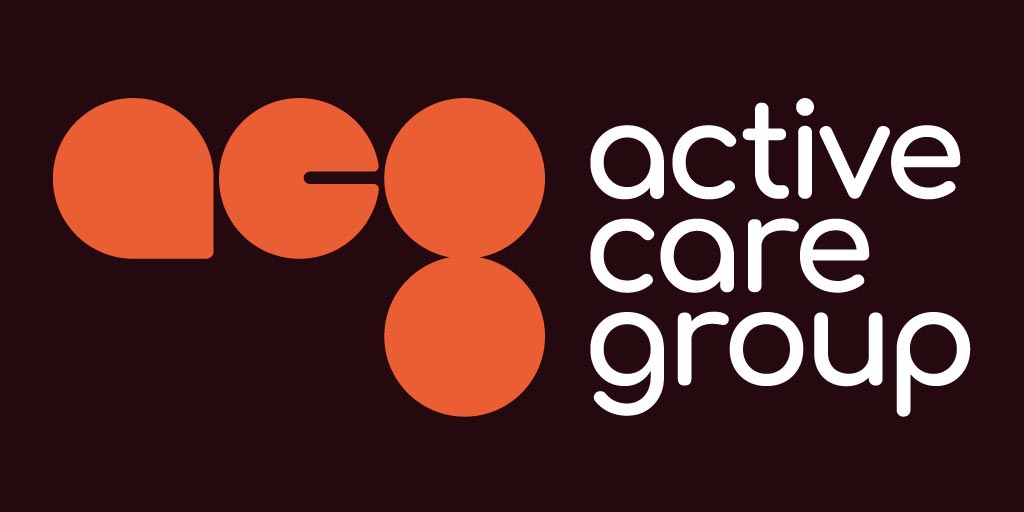Christchurch Group’s Clinical Psychologist Inge Elliott has written the below piece on the service evaluation implemented across all 4 neuro-rehab units in the Northampton area to determine the translatability of video calls in those with brain-injuries. Our findings increased insight and understanding into the complications with suggesting and arranging video calls that should be monitored and evaluated to determine actual benefits, and to identify possible alternatives for meeting individual residents and their loved ones’ needs. Carry on reading to find out our interesting results.
A global pandemic of COVID-19’s proportions has not been seen in a century. Contending with a new virus does not allow for a ready and structured response plan to draw from or any predictability regarding when the COVID-19 virus will be fully contained. In the first few months of the pandemic people were holding on to the hope that it would all be over soon. The focus now needs to shift to learning to live the best quality of life possible with this virus in our midst. The positive consequence of this is that we are starting to act in managing the effects of the virus and getting some sense of control back, rather than allowing the immobility of waiting for it all to blow over.
Social distancing due to the COVID-19 pandemic have had far reaching consequences, with social isolation placing continued strain on the functioning and wellbeing of care home residents and their families. In order to combat this impact, contact with family members through facilitating window or park visits was allowed in our units, as well as providing additional iPads for video calls in order to assist residents and their families to maintain contact as best possible. Digital devices and resources have been identified as important mitigating tools in managing loneliness and social isolation, however the social divide has been found to increase as digital developments gain pace.
A 10-item questionnaire was compiled in order to gather information related to contact prior to COVID-10 restrictions as well as information about contact during COVID-19 restrictions and lockdowns. 17 Questionnaires were successfully completed telephonically amongst 4 services within the Northampton area (given limitations in voluntary participation and location and access was expected to result in reduced response rate, and it was felt that personal contact would better to next of kin), with either a family member, friend, or guardian of a resident. Simply distributing the questionnaire electronically to family members, friends or guardians was decided against, as it communicate human touch and sincere interest.
87% of respondents reported that they felt that the form of communication they could utilise during lockdown was suitable, while 80% reported that the frequency of contact facilitated with their loved ones within the ACG services in Northampton was sufficient, particularly considering restrictions and government regulations. Additional efforts by staff to facilitate these contacts were reported by 93% of respondents.
The ACG acquired additional iPads to ensure that the anticipated increase in video call requests could be accommodated. Even though only 43% of respondents made use of the iPads for video calls, curiously, some not knowing about additional iPads did not seem to have major impact on the frequency of use of iPads, as the reasons listed for this included resident preference for phone calls rather than video calls. Difficulties in scheduling calls from both sides in a way that accommodates for poor signal and privacy, and the ease of using Whatsapp calls were listed as other reasons. In rating preference in form of communication, 43% preferred phone calls, as opposed to 36% video calls and 21% messaging.
The preferences were reportedly dictated by resident responses and levels of comfort, and the changes in forms of communication pre-COVID 19 and during COVID 19 seemingly posed additional challenges in adjustment for them, as can be expected with individuals with brain injury. More importantly, processing auditory signals and simultaneously integrating visual images that would at times be delayed, or frozen, requires increased audio-visual motion integration abilities. Research suggests that this is synchronised by network activity within higher level cortical areas, rather than singular brain regions, which would increase the likelihood of individuals with brain injuries facing difficulties with video calls.
These findings will continue to be studied and feedback monitored to create the most comfortable environment for all Christchurch neuro-rehabilitation centres. To find out more about our centres, please visit our website here.



